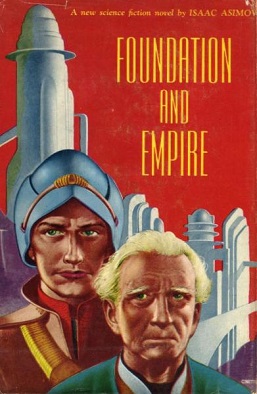
Nothrotheriops shastensis, the giant Shasta ground sloth, is one of many large North American mammal species that went extinct when the ice age ended and humans arrived on the scene. (Wikimedia Commons: Michael B. H.)
Over at The Awl, I reviewed paleobiologist Beth Shapiro’s new book How to Clone a Mammoth: The Science of De-Exitinction. Shapiro argues that we can and should resurrect mammoths, then release them into the best approximation of ice age habitat we can assemble. Which is crazy! Right?
Shapiro frames mammoth resurrection, or de-extinction, or recreation, or whatever this would be, as part of a broader effort called “Pleistocene rewilding.” The idea is not to put recreated mammoths in zoos—it is to release them into wilderness preserves in Europe, Asia, and North America, as part of re-establishing the community of large animals that lived in those regions during the last ice age, the geological era called the Pleistocene.
… proponents of Pleistocene rewilding argue that it could provide new habitat for megafauna species that are critically endangered in their native ranges, like lions and rhinoceros, and that it would have significant benefits for the health of the ecosystems into which they are introduced.
But hey, go read the whole thing.





